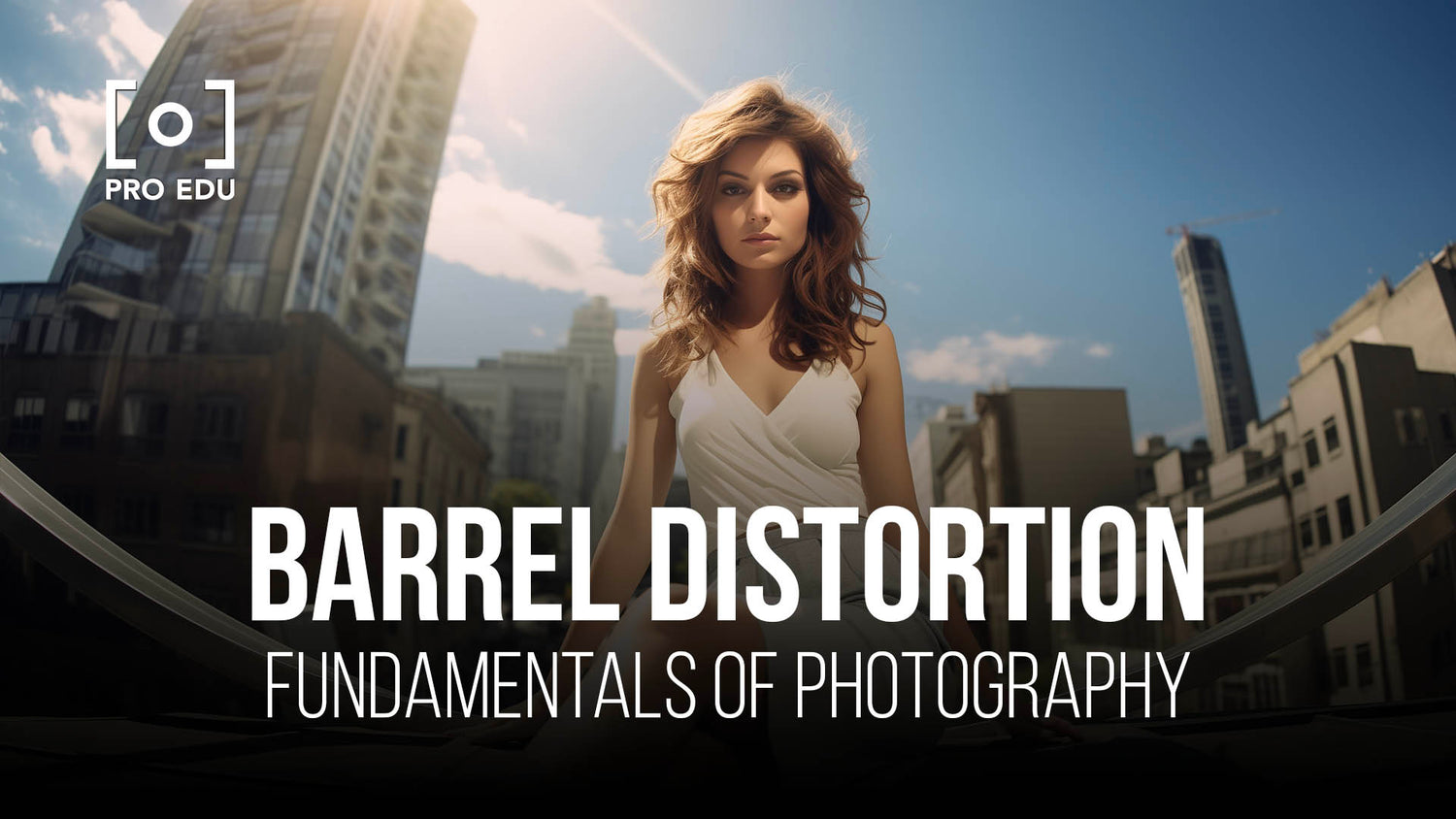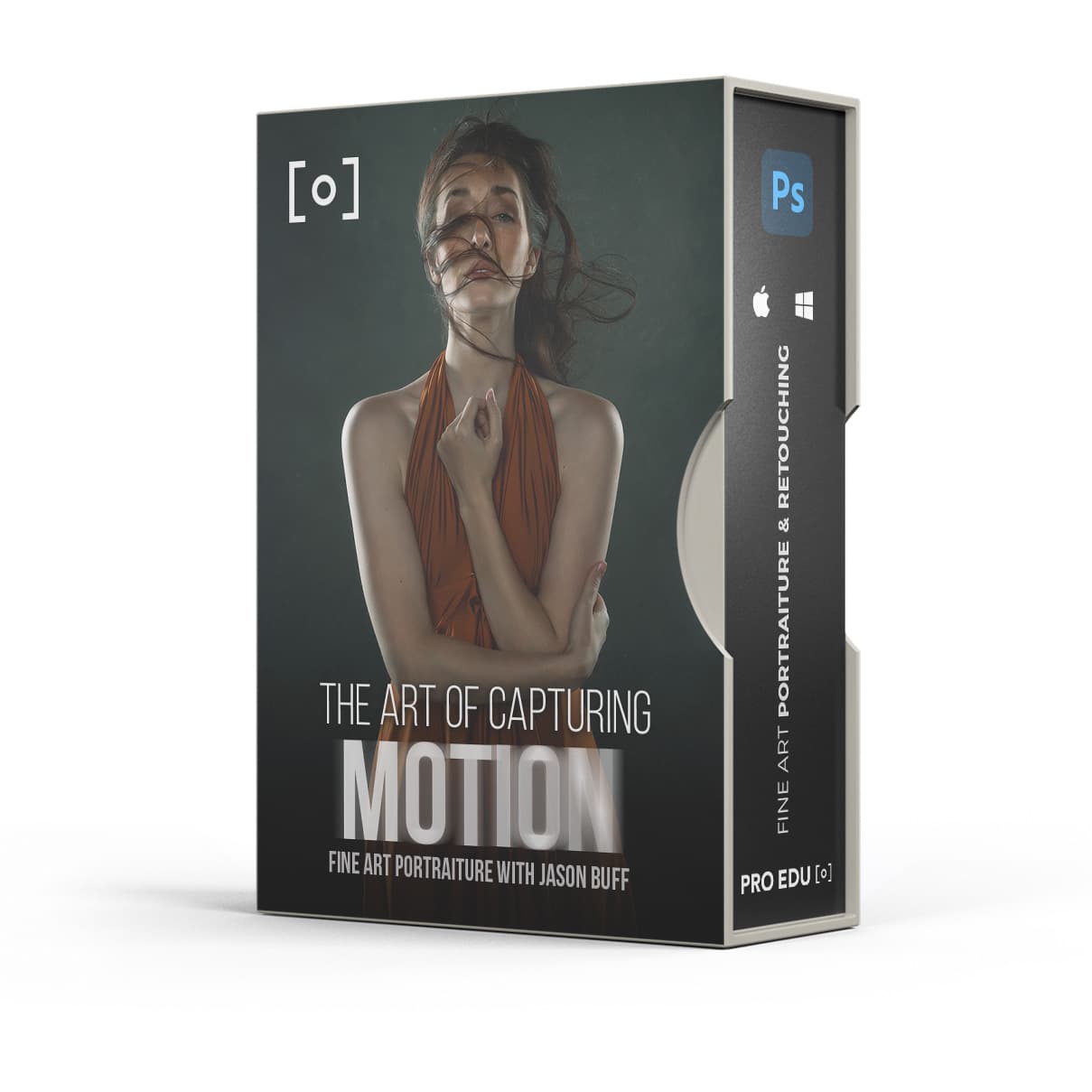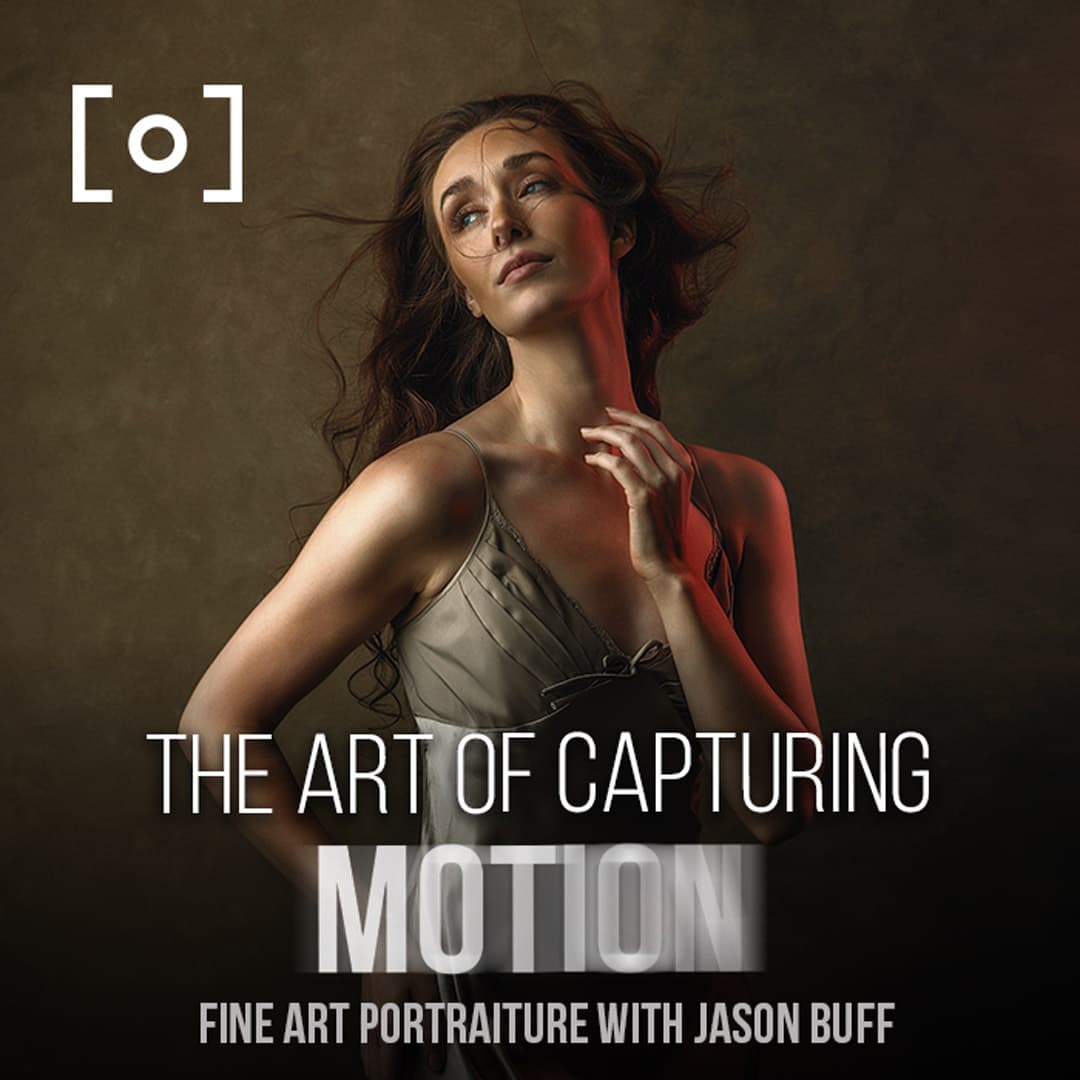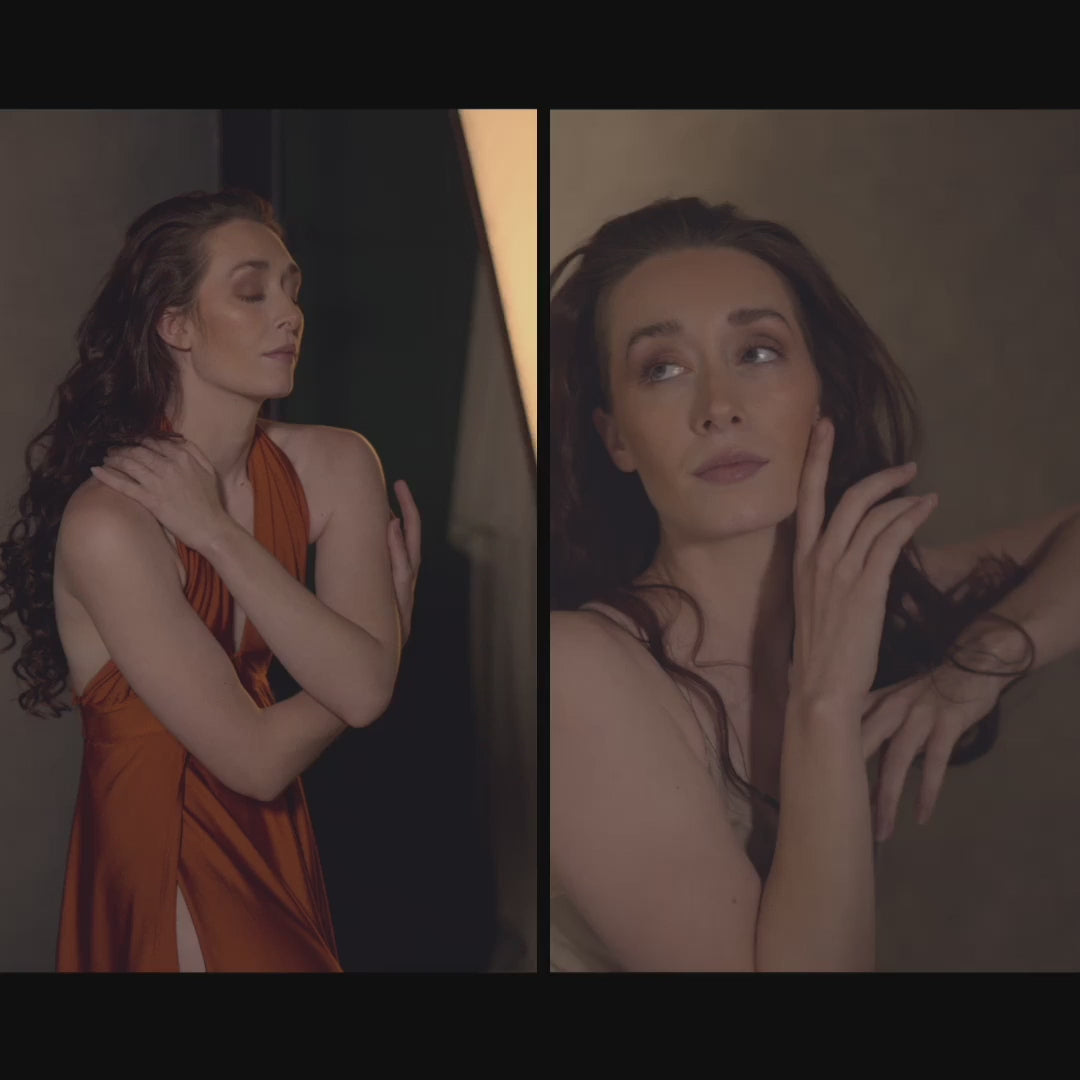Barrel Distortion: Understanding Lens Distortions and Correcting Techniques
Barrel distortion is a common issue faced by photographers, especially when using wide-angle lenses. It is a form of lens distortion that causes straight lines near the edges of an image to appear curved or bent outwards. This optical effect can lead to unnatural looking photographs, particularly in subjects with prominent straight lines such as architecture or landscape scenes.
Understanding the different types of lens distortion, including barrel distortion, is essential for photographers to capture accurate and aesthetically pleasing images. By knowing how various lenses contribute to distortions, photographers can make informed decisions on which lenses to use for specific situations. Additionally, there are methods available to correct barrel distortion in post-processing, which can help salvage otherwise distorted images.
Key Takeaways
- Barrel distortion causes straight lines to appear curved in photographs, particularly using wide-angle lenses.
- Understanding various lens distortions helps photographers choose the appropriate lenses and capture better images.
- Correcting barrel distortion in post-processing can improve the overall appearance of affected photographs.
The Effects of Barrel Distortion
Barrel distortion is a common type of lens distortion, especially in wide-angle lenses. When using wide-angle lenses with a short focal length, the edges of the field of view can be noticeably distorted. As a result, straight lines near the edges of images appear to curve outwards from the center.
In most cases, barrel distortion is caused by the complex interaction of light rays passing through the lens elements. Due to the lens design, light rays near the edges of the lens might bend more than those closer to the center, causing the optical distortion. Commonly affected lenses include wide-angle prime lenses and wide-angle zoom lenses, such as those with a focal length of 14mm, 20mm, or 24mm.
Here are some visual cues to help identify barrel distortion in images:
- Straight lines: Pay attention to lines near the edges of the frame. If they appear curved either outward or inward, it could be an indication of barrel distortion.
- Distorted shapes: Objects near the edges may appear stretched or squeezed, depending on the severity of the distortion.
Fortunately, many modern cameras and post-processing software can correct barrel distortion to some extent. However, it is crucial for photographers to be aware of this issue, especially when capturing images with wide-angle lenses that are susceptible to barrel distortion. By keeping these tips in mind, we can improve the overall quality of our photographs and better understand the effects of lens distortions on the final image.
Understanding Types of Lens Distortion
When it comes to lens distortions, there are various types that can affect the quality of our photographs. We'll briefly discuss some of the common types below.
Barrel distortion is a type of geometric distortion that makes straight lines appear curved inwards, similar to the walls of a barrel. This effect mostly occurs in wide-angle prime and zoom lenses, such as 14mm, 20mm, and 24mm primes, or 14-24mm and 16-35mm zooms ^(source).
Another common lens distortion is pincushion distortion, the opposite of barrel distortion. Here, straight lines curve outwards, resembling the shape of a pincushion. Pincushion distortion typically occurs in telephoto lenses or when zooming in on a subject ^(source).
Mustache distortion is a complex form of lens distortion that combines the characteristics of barrel and pincushion distortion. It creates a wavy effect on the straight lines in our images, with the lines bending inwards at the center and outwards towards the edges ^(source).
Perspective distortion differs from the other types mentioned, as it's not caused by the lens itself but rather by the position of the camera relative to the subject. Shooting from a low or high angle can result in an altered perspective, making objects appear stretched or compressed. This type of distortion is commonly seen in architectural photography ^(source).
Finally, optical aberration is a general term referring to any imperfections in the lens that can affect image quality. This can include issues such as chromatic aberration, spherical aberration, and astigmatism. These distortions occur due to the lens's inability to focus light rays perfectly on the camera sensor ^(source).
In summary, various lens distortions can impact the quality of our photographs. By understanding the different types and their causes, we can take steps to minimize their effects and improve our photographic outcomes.
Correcting Barrel Distortion
Barrel distortion is a common issue in photography, where straight lines near the edges of the image appear curved or bent outwards. Fortunately, there are various methods to correct this distortion. One effective approach is using post-processing software with lens correction tools, such as Adobe Lightroom or Adobe Photoshop.
In Adobe Lightroom, you can access the Lens Correction panel in the Develop module. This panel offers automatic and manual corrections based on the camera and lens used for the image. To apply the correction, simply enable the "Enable Profile Corrections" option, and the software will try to detect and apply the appropriate profile.
Adobe Photoshop also comes with a dedicated Lens Correction filter. To access it, go to the Filter menu, then select Lens Correction. The filter gives you the option to apply automatic or manual adjustments. We recommend using the automatic option since it's easier to apply, and the software will again try to select the most suitable profile.
For those who prefer open-source alternatives, GIMP offers distortion correction through its built-in tools. In GIMP, go to the Filters menu, then Distorts, and choose the Lens Distortion tool. You can then adjust the sliders to manually correct the barrel distortion in your image.
Aside from standalone photo editing programs, some camera calibration software can also help in dealing with barrel distortion. Many camera manufacturers provide such software or include built-in lens correction options in their cameras. Always remember to check your camera's documentation for lens correction features and compatibility.
In conclusion, correcting barrel distortion is an essential step in enhancing the quality of your photographs. With the help of powerful tools and software, you can easily rectify this issue and produce visually appealing images without distortion.
Influence of Lens on Distortion
Lens distortion is an issue that can impact the quality of our images, regardless of whether we are using a zoom lens or a prime lens. In this section, we will discuss how different types of lenses can influence lens distortion and how it affects our images.
A primary factor that contributes to lens distortion is the aperture of the equipment. As the aperture widens, it allows for more light to enter the camera lens, which can lead to distortion. This is particularly noticeable at the edges of an image where straight lines appear curved or bent outwards, also known as lens barrel distortion.
There are several types of lens distortions, such as radial distortion typically caused by unequal bending of light. This effect is more prominent in images captured near the edges of the lens, making straight lines appear curved in photographs, as explained in this LearnOpenCV article.
Zoom lenses, especially those with a wider focal length range, can produce more noticeable distortion. This is because they have complicated optical arrangements which increase the chance for distortion-related issues. On the other hand, prime lenses generally have simpler optical designs and thus are less likely to produce significant distortion.
Telephoto lenses can also cause distortion, such as pin-cushion distortion where straight lines bend inwards towards the center of the image. This is more common towards the edges of an image when using telephoto lenses.
In conclusion, various lens characteristics like aperture, focal length, and design complexity can influence lens distortion. Understanding these factors and how they affect your equipment can help improve the quality of your photographs and allow for corrections to be made in post-processing when necessary.
Conclusion
In our exploration of lens distortions, we focused on barrel distortion as it's a common issue in photography. Barrel distortion is a type of geometric distortion that occurs when straight lines near the edges of an image appear to be curved or bent outwards, giving images a bowed or "inflated" appearance1. This distortion can be especially noticeable in images with clearly defined straight lines, such as architecture or landscape scenes.
We understand that various types of lenses can produce this distortion, with wide-angle prime lenses and zoom lenses at their wide end being the most susceptible to it2. It's important to be aware of this distortion so that we can make informed choices in lens selection and settings that help us achieve our desired outcome in our photographs.
As photographers, we must always strive to improve our skills and understanding of the tools we use. Correcting barrel distortion can be done through software like Photoshop or Lightroom, which has built-in tools designed to fix such lens distortions3. By getting familiar with these tools and adjusting our images accordingly, we can ensure that our photos maintain a high level of quality and accuracy.
In conclusion, understanding lens distortion, particularly barrel distortion, is crucial for capturing images that accurately represent the world as we see it. By learning how to identify and correct these distortions, we empower ourselves to create exceptional photographs that stand the test of time.
Frequently Asked Questions
What causes barrel distortion in lenses?
Barrel distortion occurs when straight lines near the edges of an image appear to be curved or bent outwards, making images appear distorted. This is often caused by the optics of the lens and is more common in wide-angle lenses. The distortion is due to the lens design and its inability to project all light rays from a point object into a perfect point on the image sensor.
How can barrel distortion be corrected?
Barrel distortion can be corrected using certain methods, such as software and post-processing tools. Many photo editing programs offer built-in options to correct lens distortion, including both barrel and pincushion distortion. In some cases, camera manufacturers also provide in-camera options for distortion correction, which can be applied while shooting or later during post-processing.
What is the difference between barrel and pincushion distortion?
Barrel distortion is when lines appear to bulge outward from the center of the image, making objects near the edges appear unnaturally stretched or curved. Pincushion distortion, on the other hand, is when lines curve inward toward the center, causing the image to look pinched or compressed. Both types of distortion are a result of lens optics, but are characterized by the direction of the curving or bending of lines in the image.
How does lens distortion affect photography?
Lens distortion can have various effects on photography, especially when capturing subjects with straight lines, such as architecture or landscape scenes. The distortion can lead to objects appearing disproportionately stretched or squeezed, and lines may appear curved, either inward or outward, depending on the type of distortion present. This can potentially distract the viewer and detract from the intended composition or aesthetic of an image.
What are common examples of barrel distortion?
Common examples of barrel distortion include images of cityscapes, architecture, and interior scenes taken using wide-angle lenses. In these cases, straight lines such as buildings or walls often appear to curve outward at the edges of the image, making the scene appear unnaturally warped. This effect becomes more pronounced the closer the subject is to the edge of the frame.
Are there specific lenses designed to minimize barrel distortion?
Yes, several lenses on the market are designed to minimize or correct barrel distortion. These lenses, often referred to as rectilinear wide-angle lenses, aim to keep straight lines looking straight despite their wide field of view. Additionally, some specialized lenses called tilt-shift lenses can help control distortion, as they allow for independent adjustments of the lens in relation to the image sensor, helping to maintain correct perspective and minimize distortion.
















